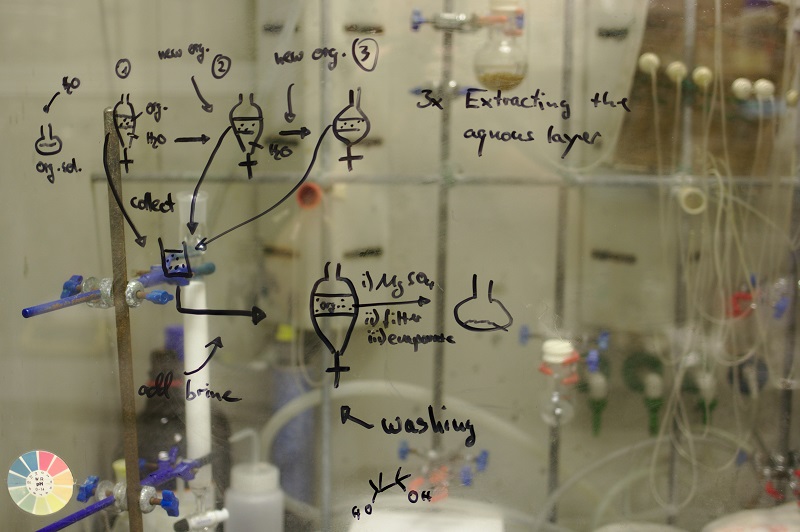The RNASE1 gene encodes a member of the ribonuclease A superfamily. The encoded protein is a monomeric ribonuclease with specificity for uridine residues at the 3′-side of the scission site. This enzyme cleaves RNA, initiating a degradation pathway that ultimately leads to the destruction of the RNA molecule. Ribonucleases play essential roles in various aspects of RNA metabolism, including RNA processing, turnover, and surveillance pathways. Dysregulation of ribonuclease activity has been implicated in numerous diseases, highlighting the importance of these enzymes in maintaining cellular homeostasis.
RNASE1 Structure and Catalytic Mechanism
RNASE1, also known as pancreatic ribonuclease, is a small globular protein composed of 127 amino acids. The enzyme’s structure consists of a single polypeptide chain cross-linked by four disulfide bonds, contributing to its remarkable stability. RNASE1 contains two catalytic sites, each composed of two histidine and two glutamate or aspartate residues. These sites are located in the cleft region of the enzyme. The catalytic mechanism of RNASE1 involves a two-step process: transphosphorylation and hydrolysis. In the transphosphorylation step, the 2′,3′-cyclic phosphate intermediate is formed. This intermediate is then hydrolyzed in the hydrolysis step, resulting in a 3′-monophosphate product.
Biological Functions of RNASE1
RNASE1 plays a crucial role in degrading ingested RNA in the digestive tract. The enzyme is secreted by the pancreas into the small intestine, where it breaks down dietary RNA. This process releases nucleotides that can be absorbed and utilized by the body. RNASE1 also has antimicrobial properties. It can degrade the RNA of invading pathogens, contributing to the host’s defense against infection. Additionally, RNASE1 has been implicated in the degradation of cellular RNA. The enzyme is involved in the turnover of normal RNA and the removal of aberrant RNA species. Dysregulation of RNASE1 activity has been linked to various diseases, including cancer and neurological disorders.
Clinical Relevance of RNASE1
Elevated levels of RNASE1 have been detected in the blood of cancer patients. The enzyme may play a role in the degradation of tumor suppressor RNA, contributing to the development and progression of cancer. Inhibitors of RNASE1 have been investigated as potential anticancer agents. On the other hand, reduced RNASE1 activity has been implicated in neurological disorders. The enzyme is involved in the degradation of aberrant RNA species that can accumulate in neurodegenerative diseases. Restoration of RNASE1 activity may be a therapeutic strategy for the treatment of these disorders.
Conclusion
RNASE1 is a key player in RNA degradation pathways. The enzyme plays essential roles in the breakdown of dietary RNA, the defense against infection, and the turnover of cellular RNA. Dysregulation of RNASE1 activity has been implicated in various diseases, highlighting the importance of this enzyme in maintaining cellular homeostasis. Further research is needed to fully elucidate the biological functions of RNASE1 and its role in disease. The development of RNASE1 inhibitors and activators may provide new therapeutic strategies for the treatment of cancer and neurological disorders.
Applications of RNASE1 in Biomedical Research
- Diagnostic Applications
Cancer Biomarker: RNASE1’s altered levels in certain cancers make it a potential biomarker for diagnostic purposes. Monitoring RNASE1 expression in bodily fluids may aid in early cancer detection.
Autoimmune Disease Marker: Dysregulation of RNASE1 in autoimmune diseases positions it as a potential diagnostic marker, contributing to accurate diagnoses of conditions like SLE.
- Therapeutic Applications
Cancer Therapy: Modulating RNASE1 expression presents a potential strategy for cancer therapy. Enhancing RNASE1 levels may promote the degradation of RNA molecules crucial for cancer cell survival.
Autoimmune Disease Treatment: Targeting RNASE1 pathways could be explored as a therapeutic avenue for autoimmune diseases. Restoring normal RNASE1 function may mitigate self-RNA accumulation and the subsequent immune response.
- Biotechnological Tools
RNA Degradation: RNASE1’s potent RNA-cleaving activity positions it as a valuable tool in molecular biology for targeted RNA degradation, with applications in gene expression studies and RNA interference experiments.
Drug Delivery: Conjugating RNASE1 to nanoparticles for targeted drug delivery leverages its RNA-cleaving activity, enhancing treatment efficacy while minimizing side effects.
RNASE1’s intricate structure, diverse functions, and associations with diseases and signal pathways make it a focal point of interest in molecular biology. The ongoing exploration of RNASE1’s applications in diagnostics, therapeutics, and biotechnological tools holds promise for advancing biomedical research and clinical practices. The unraveling of RNASE1’s complexities not only enhances our understanding of fundamental biological processes but also opens avenues for innovative approaches in medical science.
About the Author
Collected by Creative BioMart, a biotechnology company that offers a comprehensive list of recombinant proteins for research use. Featured RNASE1 proteins at Creative BioMart mainly include: Recombinant Human RNASE1, His-tagged, Recombinant Human RNASE1, GST-tagged, Recombinant Mouse Rnase1 Protein, His/GST-tagged, Recombinant Rat Rnase1 Protein, His/GST-tagged, Recombinant Cattle RNASE1 Protein, His-tagged, Recombinant Rhesus monkey RNASE1 Protein, His-tagged…
Creative BioMart is still undergoing continuous exploration and innovation in its development process. We are always customer-oriented and continuously launch new products and services based on market demand. At the same time, we also focus on improving the quality of our products and services, and continue to invest in research and innovation. In this process, we have become one of the leading enterprises in the industry, receiving the trust and support of numerous customers.
With over 100 international distributors from 49 countries, Creative BioMart serves the worldwide customers: most of the customers are from North America, 1/3 from EMEA, and others from Asia, Oceania, and other regions.
